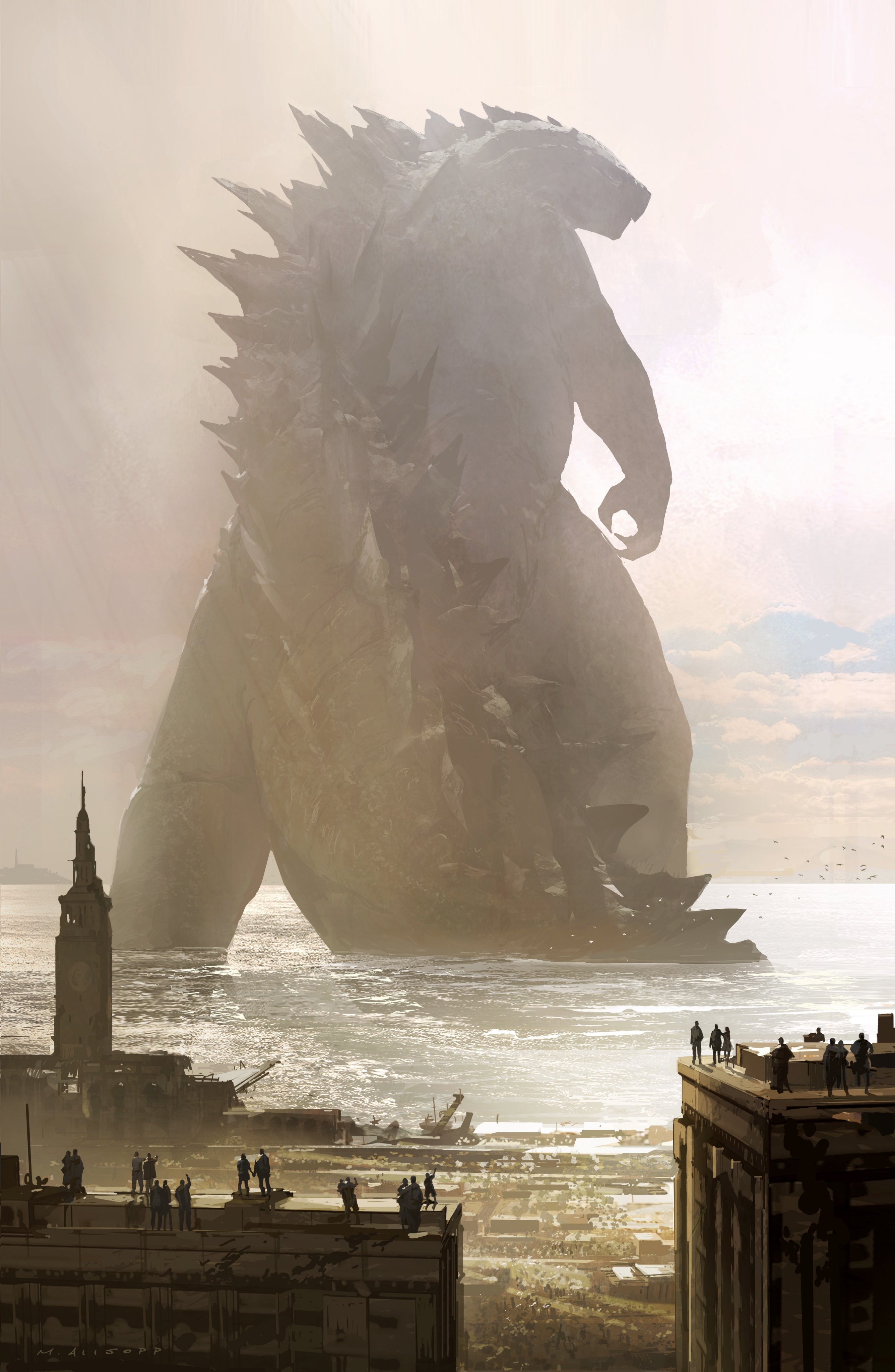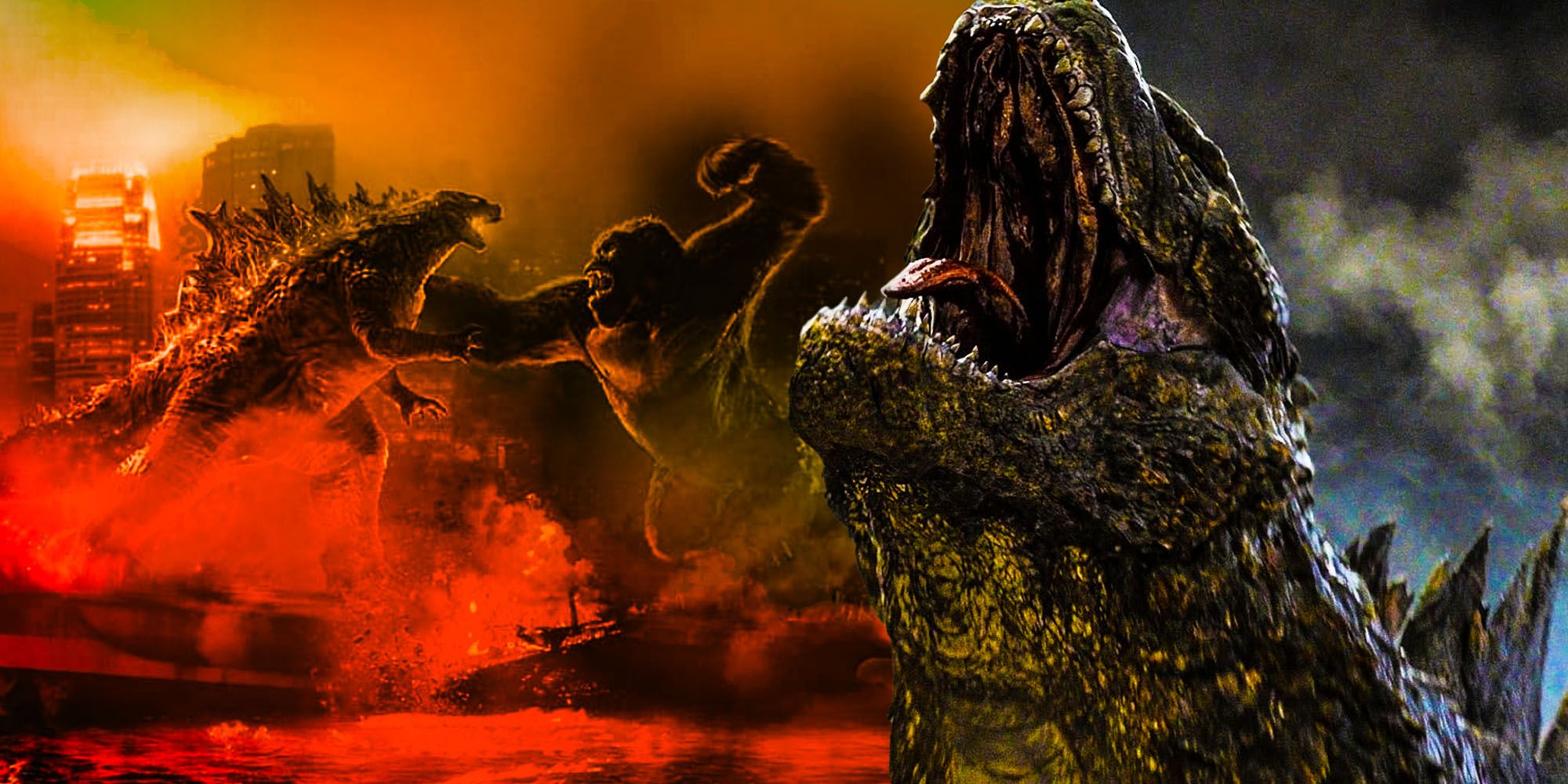

They can mediate between real events with the laypeople watching it in a way that may leave the message of film engrained in the consciousness far longer and more deeply entrenched in the psyche than news reports and textbooks.Īs a matter of fact, Japanese media coverage of Godzilla during its first release reported audience members leaving the theatres in tears as it was a cathartic release after the American occupation forbade discussions on atomic bombs and the subject still being taboo after Japan regained its autonomy. The discursive value of films may lie in the fact that they are not only mirror reflections of reality but also have the potential to be as fantastical as they can be as an art form, which means they can potentially constitute certain meanings to an event, issue, or the society at large. Films themselves have the potential to contain national configurations because films are essentially cinematic accounts of ‘the nation’ seen by the population and are themselves historically specific cultural forms of semantic modulations that are constituted by the ruling forces of specific regions the institutions of the state are highly important in determining the function of the cinematic industry and its usage as cultural practice. The legitimization of Godzilla implies a certain national essence present in the narrative of the film how it may embody the collective consciousness and zeitgeist of the period. There is indeed a transformation of Godzilla from simply being a standalone film into a blooming franchise that is recognized both by the public and later legitimized by the government. Godzilla in the Context of National Cinema: Reconfiguring National Trauma Godzilla shooting its Atomic Breath. As I shall discuss in this essay, this may have its roots in several things from nationalistic sentiments and appropriation by the state to the reimagining of national trauma. While this can be brushed off as simply the commercialization of a pop culture icon, there lays an interesting process in which a creature created to be a literal symbol of collective national trauma is reconfigured into a token of national pride. It even somewhat culminated when in 2015, Godzilla, a fictional character, received a citizenship certificate from the Japanese government and appointed as an official tourism ambassador. Ishirō HondaĪnd yet, over sixty years later, Godzilla as a monster has been almost transformed, morphed into something akin to a national mascot. Yamane (Takashi Shimura) in Godzilla (1954) dir. In the film, such similar nuclear test was the catalyst in which the primordial predator Gojira was awoken from its slumber and came ashore to invoke its vengeance upon the human intruders. It brought again echoes of wartime Japan a decade past but also a looking glass into an event that just occurred months before the film’s premiere, the fishing boat Daigo Fukuryū Maru (Lucky Dragon 5) was struck by the fallout of United States’ nuclear testing at Bikini Atoll.


When the postwar Japanese audience sat down in the darkness of the theatre and watched Ishiro Honda’s 1954 kaiju film that may have been easily dismissed as riding the wave of the success of King Kong (1933), they were seeing the present, the very near past, and a glimpse of tomorrow. Even its iconic bestial roar gave me not the impression of defiance against its human attackers but rather constant pain and anguish over its excruciating state of being.
#Cinescope godzilla skin#
Its keloid-scarred, burnt black skin and spikes on its back gave a haunting remembrance to the surviving victims of the nuclear blasts. Its looming, gigantic figure and mushroom-shaped head resemble the explosive cloud produced by a nuclear bomb. The monster itself has been attributed to be an allegory for the nuclear devastation that wreaked havoc on Hiroshima and Nagasaki. I think a lot of people nowadays are already aware of Godzilla’s atomic origins.
#Cinescope godzilla movie#
Godzilla (1954) directed by Ishirō Honda has transcended its Japanese fame into being a global monster sensation-its very existence one of the first things people recall when they think of iconic movie monsters. Godzilla (1954) directed by Ishirō Honda.


 0 kommentar(er)
0 kommentar(er)
